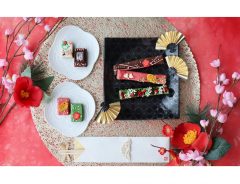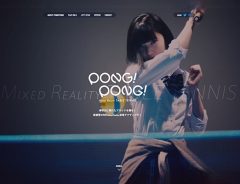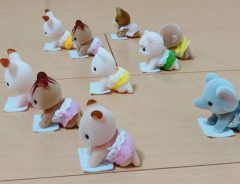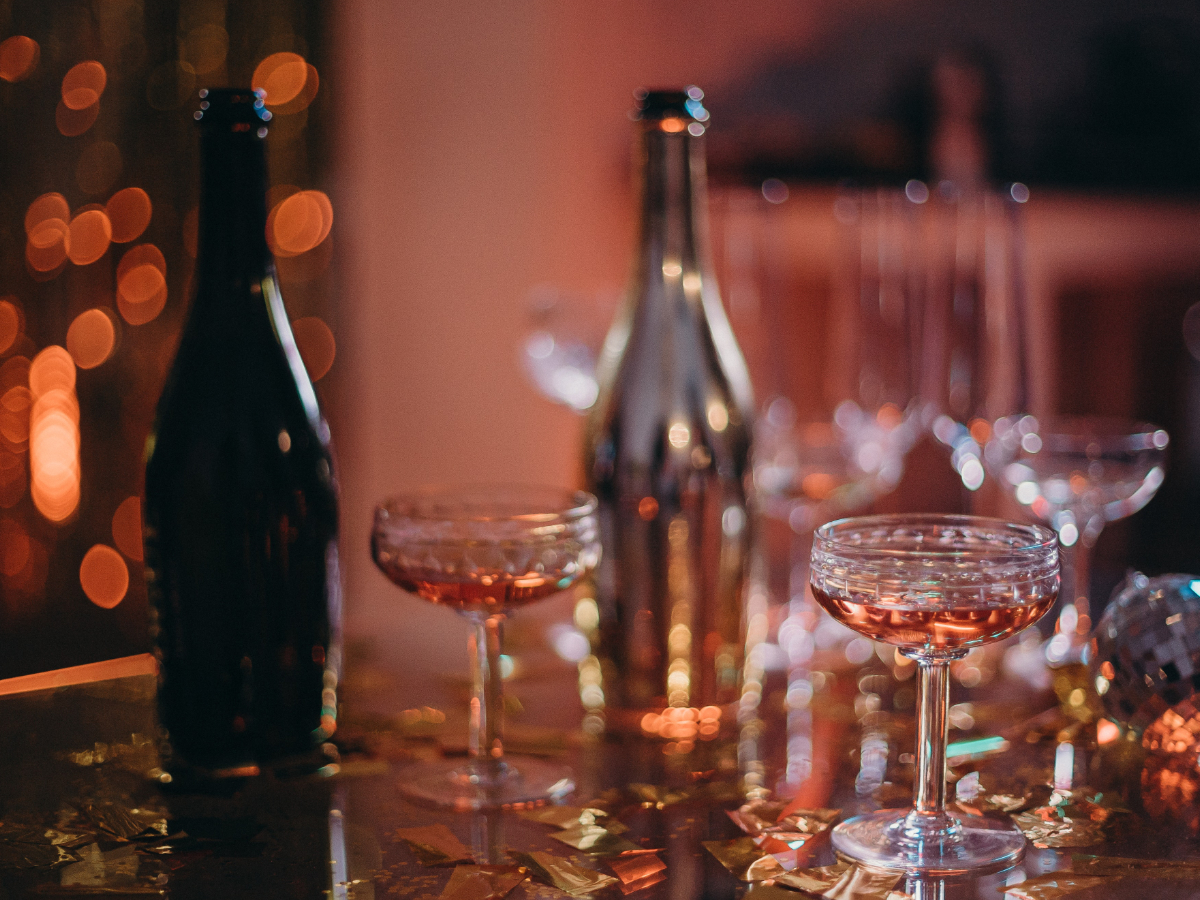- Tags:
- Bonenkai / end of year party / New Year / Party / year end
Related Article
-

Cafe OHZAN’s kawaii New Year sweets are available to order online!
-

“Pong!Pong!” Adds a Fun, New Dimension to Table Tennis Through Mixed Reality Technology
-

Vtuber group hololive collabs with Japan Post on New Year’s postcards and themed goods
-

Twitter user stages adorable Japanese end-of-the-year cleaning with Sylvanian Families figures
-

Revamped Kawaii Monster Cafe has birthday plan with “manga meat,” takeout & delivery menu
-

KFC Lucky Bag: KFC Japan has a great fukubukuro deal to welcome 2022



December has rolled around and the end of the year is drawing nearer. As the nights become colder and the days become shorter, it can be hard to shake off that winter dread and the stress that comes with it. Yet, with the cold ceasing to end and the oncoming tension of new years, it can be surprising to see the streets curiously lively and crowded on a daily basis.
Large groups of tipsy people in suits take to the streets, singing cheerfully amongst themselves whilst they make their way back to the station following what you can correctly assume was a bōnenkai.
What is bōnenkai?
Bōnenkai 忘年会, which literally means “forget the year party,” is a drinking party held towards the end of the year in Japan. The gatherings are most commonly held amongst co-workers, although occasionally they are also attended by friends, and as the name implies, are meant for looking forward to the next year whilst forgetting your worries and troubles of the year past.
Parties are normally held in December, and commonly involve the intake of large volumes of alcohol to let your hair down and help you forget your troubles. Bōnenkai is one of the only events of the year where the working relationship, rank or age of colleagues are overlooked, and as such “what is said at the party, remains at the party.”
It is not unheard of for companies to arrange a bōnenkai party or to fund any bōnenkai gatherings held by their employees in good faith. Businesses holding end-of-year parties generally try to encourage as many of their employees as possible to attend the party. There is normally a limit to the cost per person of around 4,000 to 5,000 yen, so as not to dissuade employees from attending. The limit on the price per person is usually enough to cover the cost of the party planning, food and drink.
Bōnenkai are traditionally held at Japanese Izakaya restaurants, although nowadays it is not uncommon for western-themed restaurants to hold parties and sometimes businesses choose to cut down the cost almost entirely by holding a party on their own premises.
Bōnenkai was first observed during the 15th century Muromachi period, where people would give thanks and express their achievements of the year over a large feast and drinks.
During the 16th century, groups amongst the samurai class would gather on the 30th of December and practice what was called “The forgetting of the year event”. This event involved activities such as poetry writing and recitation, music and dance performances, and kabuki style plays. These upper-class samurai activities were followed by a large feast.
Bōnenkai remained a practice held by only the upper class and only became a commonplace custom amongst the rest of Japan by the late 19th century.
Following the end of the Allied occupation of Japan in 1952, Bōnenkai end of year parties had become the norm amongst Japanese companies.
How to correctly do bōnenkai
With December being possibly the busiest month of the year, it can go without being said that organizing a bōnenkai can be a stressful job. The person in charge of organizing such an important party is known as the “kanji” 幹事. Although the party itself is about “letting one’s hair down” and not worrying, getting the planning right is an important aspect and this role often falls upon the younger employees. Along with the responsibility of arranging the party's location and timing, the Kanji is also often in charge of invitations and accounting afterward.
During the party itself, typical Japanese table mannerisms come into play, with participants taking part in "oshaku" お酌 serving. This type of Japanese serving is all about to whom the drink is being served and how the drink is handled.
If an employee finds themselves serving a drink to a higher-ranking individual, it is customary to ensure that they are holding the bottle with both hands and to exchange some kind words whilst pouring into the receiver's glass.
The employee on the receiving end is expected to hold their glass with one hand and support it with the other whilst the drink is being poured. Then they should take the glass in both hands, raise it in thanks and take a sip before placing the glass onto the table.
Aside from the strict oshaku serving behaviour, forgetting one's rank and speaking freely is the main theme of the bōnenkai. Troubles and worries are often voiced and listened to with a keen ear at the casual party, with people often trying to improve the situation in the new year.
Although employees are encouraged to forget their position during bōnenkai, it is not an invitation to be rude to one another.
Continuing the festivities of the bōnenkai, the party usually involves some kind of talent show following the food and drink, where employees often take part in some form of entertainment for the other attendees. Songs, dances, and acts of stand up comedy are often prepared and performed by the younger employees and are a brilliant way to bring the pleasurable evening to an end.
So as the new year is almost upon us, why not organize your own bōnenkai party and use it to let go of the year. Whether it has been a stressful one that you want to forget, or a year you will always treasure, celebrate it well with a Japanese bōnenkai party!